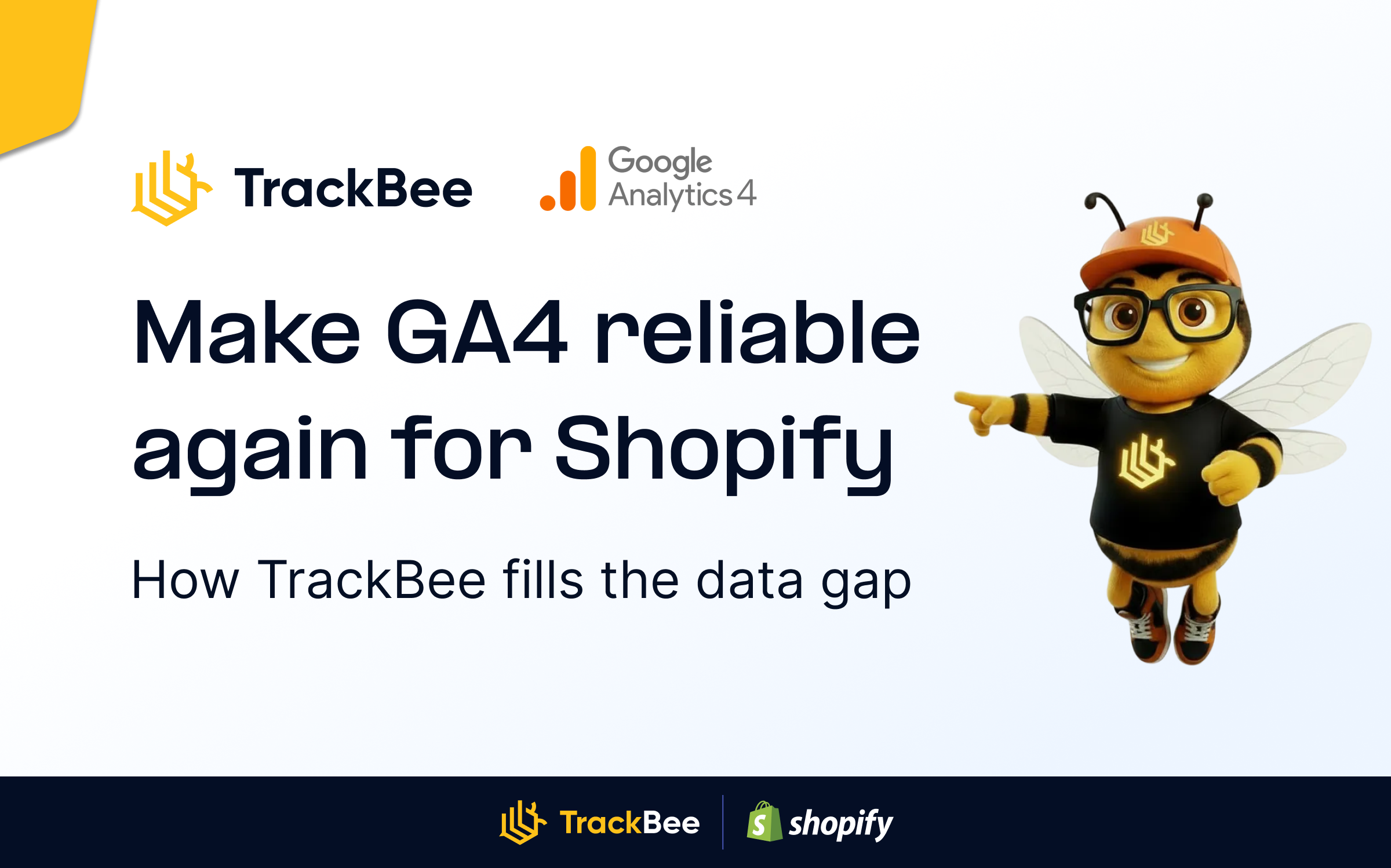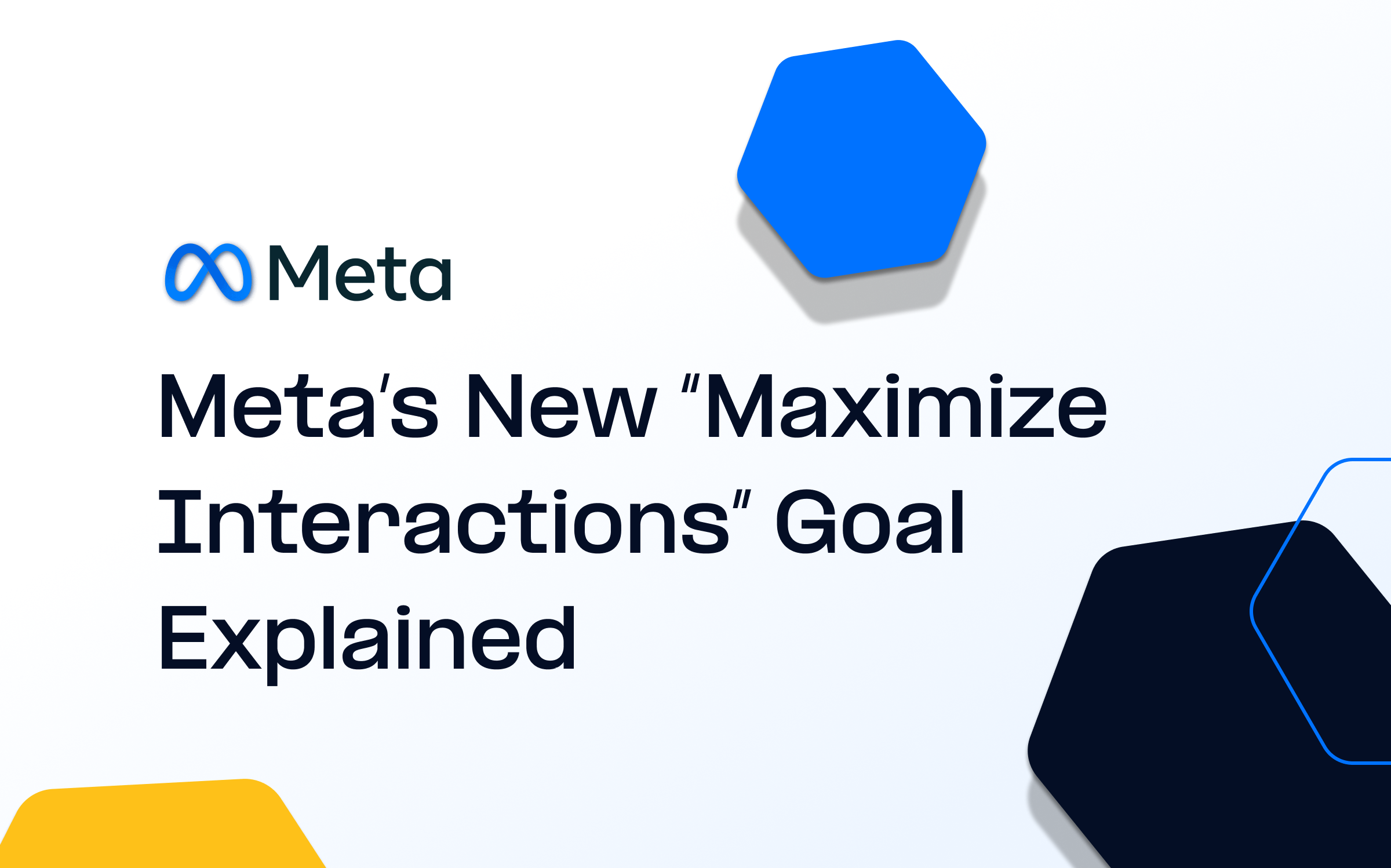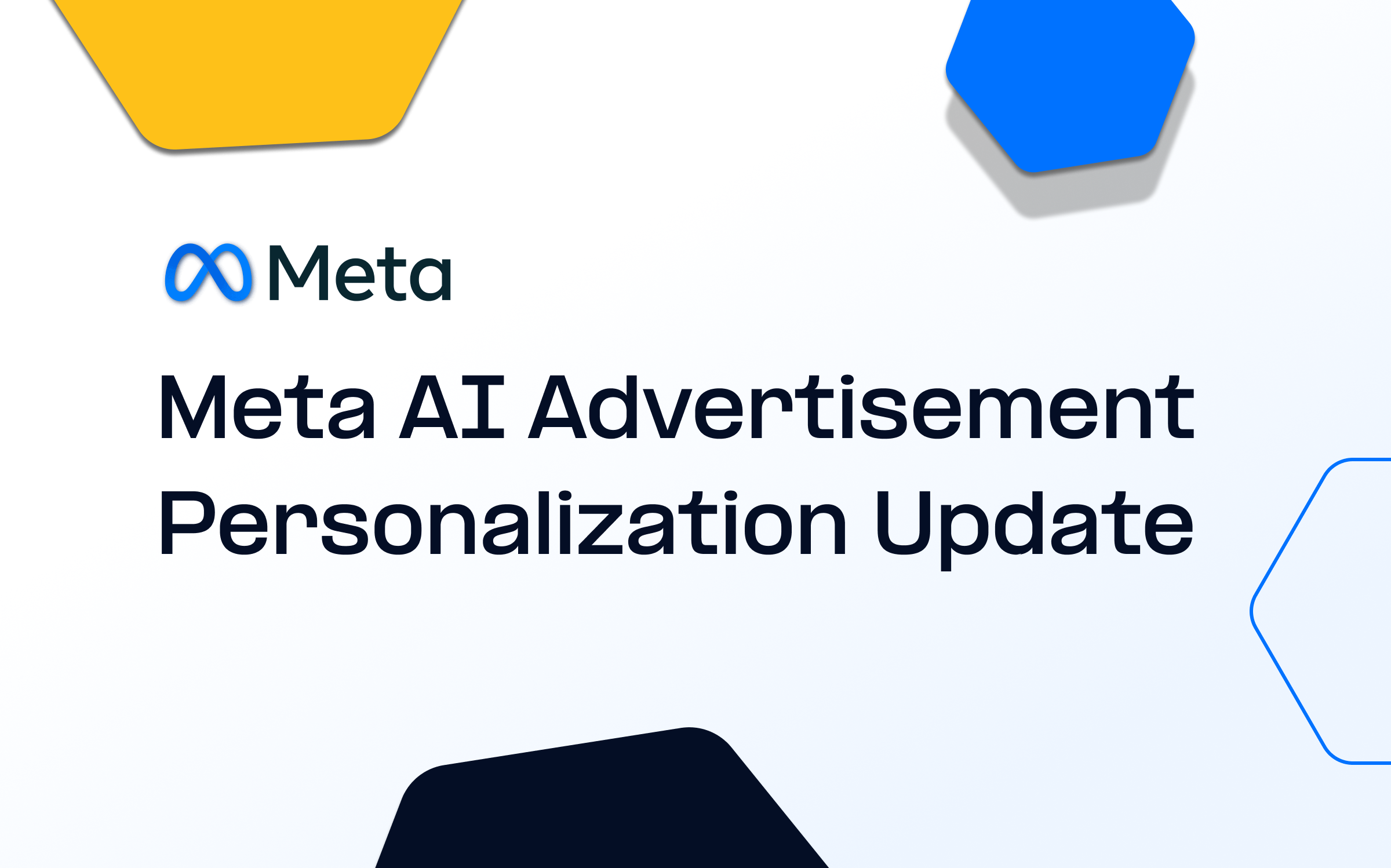Unintended retargeting, showing ads to users who have already converted, is one of the most common (and costly) symptoms of broken data flows in performance marketing. It’s a silent killer that drains your budget, frustrates your customers, and gives you a false sense of performance.
Let’s break down why this happens, what it really costs you, and how to prevent it from happening.
The reason: incomplete data
Every ad platform, from Meta to Google Ads to TikTok, relies on session data to know who not to show ads to. But when that data is incomplete, delayed, or entirely missing, the platform has no way of knowing a purchase has already occurred.
That’s how customers end up back in your retargeting pool after converting.
The reasons?
- Pixel events that don’t fire reliably
- Missing or blocked cookies
- Missing customer identifiers
- Data inconsistencies across channels
Retargeting isn’t the enemy. Bad data is.
Not just annoying, but expensive

On the surface, retargeting returning customers might not seem like a big deal. But zoom out, and the damage becomes clear:
- Wasted ad spend: You're paying to reach people who already did what you wanted them to do.
- Lost opportunities: Those impressions could have gone to high-intent users who haven’t yet converted.
- Inflated performance metrics: Your ROAS might look okay, but it’s masking real inefficiency.
- Brand damage: Customers may feel stalked or annoyed, which lowers their post-purchase satisfaction.
Inconsistent data is the root of it all

Most performance marketers assume that once a purchase happens, all their platforms know about it. The truth is: unless you’ve built airtight data flows, chances are they don’t.
Relying on browser-based tracking alone is no longer enough. You need complete, consistent, and persistent customer data that reaches your platforms instantly and stays accurate across sessions and devices.
Want to understand how inconsistent data across platforms leads to issues like this? Read our blog on the importance of consistent cross-channel data.
The solution: TrackBee

The core problem behind unintended retargeting is that platforms don’t know enough about your customers. TrackBee changes that by using server-side tracking and building persistent Shopper Profiles that make sure every ad platform stays up to date, without relying on fragile cookies or slow tag setups.
Here’s how TrackBee solves it:
- ✅ Shopper profiles link customer behavior across sessions, browsers, and devices, so you can exclude the right people from retargeting.
- ✅ Server-side tracking ensures your conversion data is captured and processed reliably, even when adblockers are present.
- ✅ Duplicate events are filtered, keeping your data clean and consistent across platforms.
- ✅ Each ad platform receives the same customer picture, which improves targeting and reduces overlap.
TrackBee doesn’t just send more data: it sends the right data, consistently. That means smarter ad delivery, lower waste, and fewer customers seeing ads they should never see again.
Smarter data won’t fix it all, but it gives you more control

Let’s face it: even when you send clean conversion data to every platform, Meta and Google might still both claim the win. That’s not a bug, it’s how their attribution models are built.
What you can control is the quality and consistency of the data you feed them.
When platforms receive clear, timely, and unified customer data, they make better decisions. Budget is allocated more effectively, learning loops tighten, and irrelevant targeting (like retargeting recent buyers) gets filtered out faster.
TrackBee gives each platform the same high-quality view of your customer journey, so even if they disagree on who gets the credit, they all work with the same, accurate source of truth.
Boost your performance
Unintended retargeting is subtle and it’s not the end of the world. But over time, it chips away at your efficiency, your profits, and your brand reputation.
The fix isn’t to stop retargeting. It’s to feed your platforms the right data, at the right time and TrackBee was built for exactly that.
Ready to stop wasting money on people who already bought from you?








.png)






